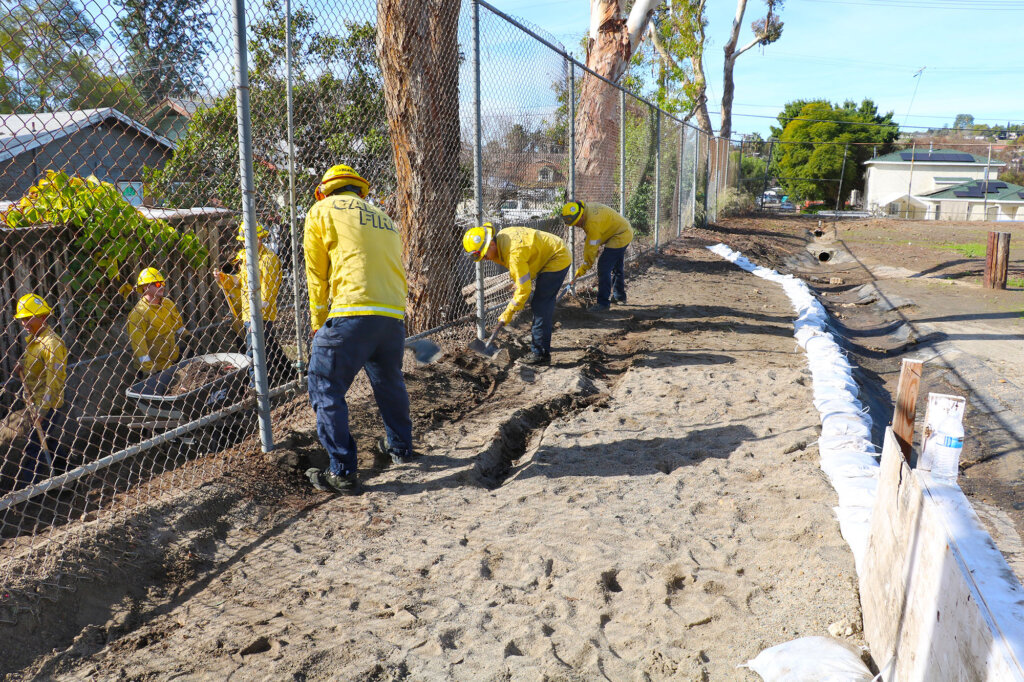Rebuilding Post-Wildfire
Come together to restore your community in California following a wildfire.

Mobilizing your community
The journey to recovery after a wildfire is a collective community effort, requiring careful planning and coordination. This guide provides a detailed breakdown of the crucial steps involved:
Step 1: Document the damage
Begin by making a detailed list of all items damaged or lost in the fire and take clear, comprehensive photos of the damage for records and insurance claims.
Step 2: Begin insurance process
Reach out to your insurance company as soon as possible to discuss your coverage and start the claim process.
Choosing a debris removal option
Option 1: Government-run debris removal programs
These programs are typically available at no upfront cost to homeowners. Expedited cleanup minimizes environmental impact and facilitates recovery, while keeping homeowners safe from hazardous materials exposure. Here is what the process is like:
- Phase I – Hazardous waste removal: eliminating hazardous household materials like batteries, asbestos, and paints.
- Phase II – General cleanup: Removing all remaining debris, including burnt structures, foundations, and contaminated soil. This phase prepares the site for rebuilding and is optional but recommended.
Option 2: Private contractor
Hiring a private contractor may incur significant costs, which may be fully or partially covered by insurance. It’s vital to confirm this with your insurance provider.
Option 3: DIY cleanup
Homeowners may choose to undertake the cleanup process themselves, requiring strict adherence to safety and environmental regulations.
Staying safe and compliant
Whichever debris removal method you choose, it’s imperative to follow all local, state, and federal guidelines to ensure the safety and environmental integrity of the cleanup process.
- Legal compliance: All methods should meet regulatory standards to ensure the safety of the community and environment.
- Foundation removal: In many cases, especially within government programs, the removal process includes demolishing and clearing the house’s foundation, a crucial step for future rebuilding efforts.